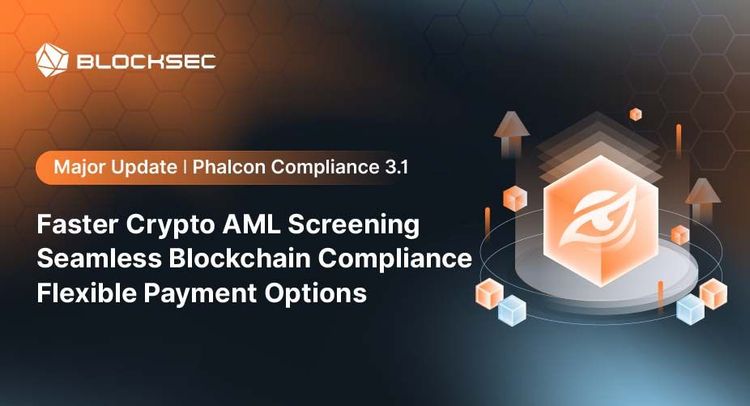Introduction
In the dynamic world of blockchain technology, project security is of paramount importance. Security audit reports play a vital role in evaluating and ensuring the safety of blockchain projects. This blog post will explore the significance of security audit reports and provide valuable insights on how to assess project security using these reports. As we delve into the topic, we will also shed light on BlockSec, a leading blockchain security company, and their audit methodology, which combines automated vulnerability scans, manual verification, and business logic analysis to deliver comprehensive security assessments.
Why Security Audit Reports Is Important?
Security audit reports are indispensable tools in evaluating and ensuring the security of blockchain projects. These reports provide valuable insights into potential vulnerabilities, security risks, and coding flaws that may exist within the project. By conducting a thorough code review, which includes both static code analysis and manual code review, security audit reports can identify insecure coding practices, inadequate input validation, weak access controls, and other critical security aspects. Furthermore, the reports encompass vulnerability assessments, utilizing automated scanning tools and manual penetration testing, to uncover vulnerabilities like cross-site scripting, SQL injection, and denial-of-service attacks. By analyzing the project's business logic, security audit reports also assess the overall security of the system, examining factors such as authentication, authorization, and data integrity.
Key Steps about How to Assessing Project Securit
To evaluate project security using security audit reports, it is important to follow a systematic approach. The process typically involves the following steps:
1. Code Review
The security audit report will highlight the findings from the code review process. This includes identifying potential vulnerabilities, coding flaws, and insecure practices. Areas such as permissions control, input validation, data encryption, and access controls are thoroughly examined to assess the security of the code.
2. Vulnerability Assessment
The report will include the results of vulnerability assessments conducted on the project. This involves automated scanning tools and manual penetration testing to identify vulnerabilities like injection attacks, cross-site scripting, and other common security weaknesses. These assessments provide insights into the project's susceptibility to various attacks.
3. Business Logic Analysis
Security audit reports also analyze the project's business logic to ensure that it aligns with secure practices. This involves evaluating aspects such as authentication mechanisms, authorization processes, data handling, and adherence to security best practices. By examining the project's business logic, the audit report can identify potential security risks associated with the system's functionality.
4. Recommendations and Remediation Measures
A comprehensive security audit report will provide detailed recommendations and remediation measures to address the identified security issues. These suggestions may include fixing code vulnerabilities, enhancing access controls, improving data encryption, and implementing secure coding practices. It is essential to prioritize and address the recommendations based on their severity to enhance project security effectively.
BlockSec's Advantages In Audit Methodology
BlockSec is a prominent blockchain security company that specializes in providing comprehensive security audits for blockchain projects. With their expertise and experience, BlockSec has built a reputation for delivering accurate and actionable security audit reports. Their team of experts follows industry best practices and employs a robust audit methodology to assess the security of projects. BlockSec's audit methodology combines automated vulnerability scans, manual verification, and business logic analysis. This holistic approach enables BlockSec to provide a thorough evaluation of project security. By leveraging automated tools, BlockSec can quickly identify common vulnerabilities and security weaknesses. The manual verification process ensures that potential vulnerabilities are not missed and provides a deeper understanding of the project's security posture. Additionally, the business logic analysis ensures that the project's functionality aligns with secure practices. BlockSec's audit methodology provides actionable insights and prioritized remediation measures, enabling project owners to address security issues effectively.
Conclusion: Trust BlockSec for Robust Project Security
Security audit reports are essential for evaluating and enhancing project security in the blockchain ecosystem. By following the steps outlined in this blog post and leveraging BlockSec's expertise, project owners and investors can gain valuable insights into the security of their projects. Trust BlockSec's comprehensive security audits, which encompass code review, vulnerability assessment, and business logic analysis, to identify potential security risks and vulnerabilities. With reliable security audit reports as a guide, stakeholders can make informed decisions, protect their investments, and build trust in the blockchain ecosystem.




